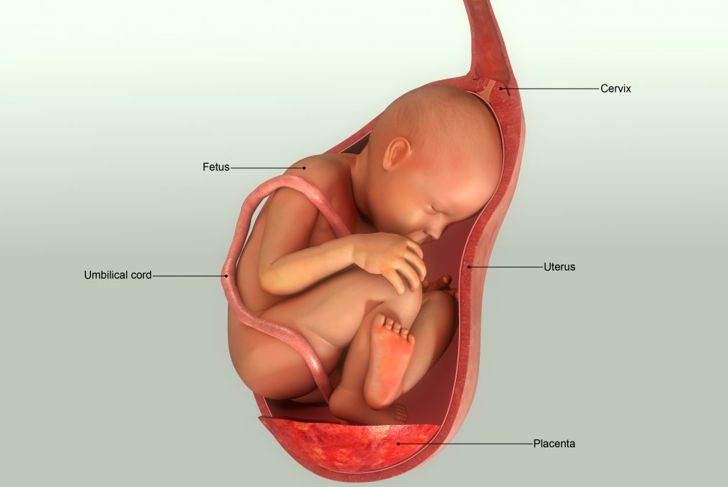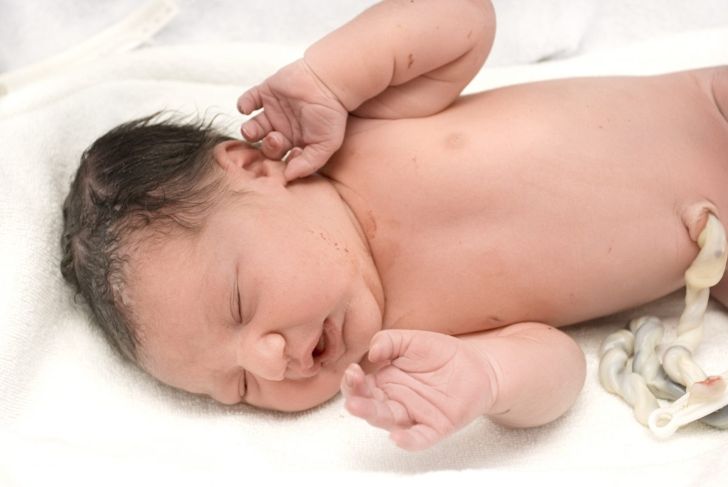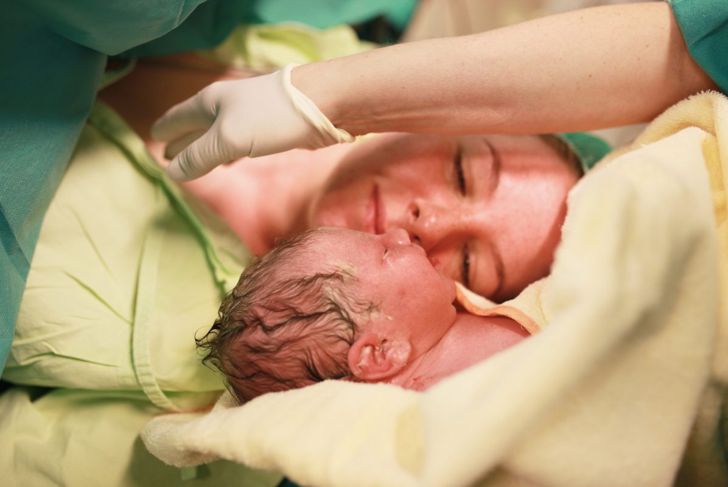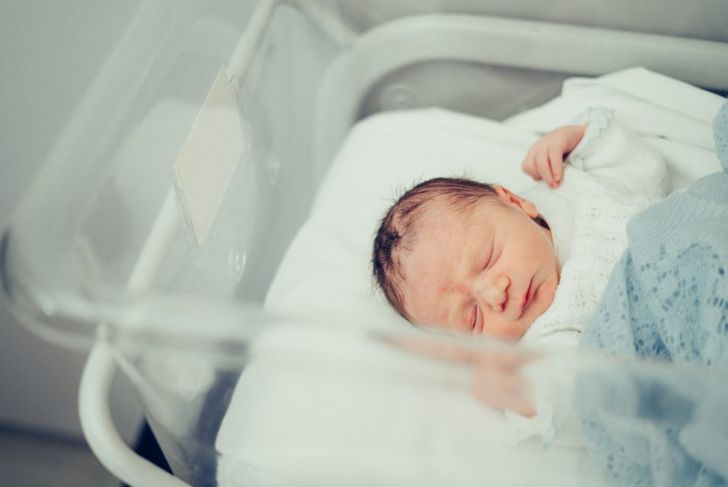During pregnancy, the umbilical cord is the lifeline between mother and baby. It connects the baby to the placenta and provides the oxygen and nourishment they need for those first nine months.
Anatomy of the Umbilical Cord
When the umbilical cord first forms, it is made up of two arteries and two veins. In most cases, one of the veins atrophies and forms a three-vessel cord. This leaves one vein that carries oxygenated blood from the placenta to the fetus and two arteries that carry blood from the fetus back to the placenta.
Mobility
Not only does the umbilical cord serve as the vital connection for oxygen and nutrients, but it is also structured in a way that allows the fetus to move around in the womb. It is mechanically strong yet flexible enough to promote neuromotor development. The umbilical cord begins to form around the fourth week of pregnancy and grows to about 22 inches [https] over the subsequent months.
Layers
The stability and flexibility of the umbilical cord are a direct result of the layers that form it. Connective tissue in the outer layer, called Wharton’s jelly, is largely responsible for protecting the cord against pulling and compression. Collagen fibers also encircle the cord to prevent blockages, kinking, and rupturing.
During Labor
A lot of women worry about what happens to the umbilical cord during labor and birth. In most cases, there aren’t any problems, though some complications can occur. Umbilical cord prolapse is when the umbilical cord enters the birth canal before the baby. It only occurs in one in every 300 births. Another possible complication is a nuchal cord, when the cord is wrapped around the baby’s neck. This is usually found on an ultrasound. While it may cause the baby to have a slow heart rate during delivery, in most cases the doctor can easily remove it from the baby’s neck.
Delayed Cord Clamping
Some mothers, midwives, and providers choose to use delayed cord clamping. Instead of clamping the cord as soon as the baby is delivered, delayed cord clamping involves waiting for at least 30 to 60 seconds to allow the blood from the placenta to continue to flow into the baby for an extended period of time.
Benefits of Delayed Cord Clamping
Studies have confirmed the benefits of delayed cord clamping in both full-term and premature infants. These include increased hemoglobin levels, improved circulation and blood volume, and a decreased need for blood transfusions. The practice does increase the risk of jaundice, however. Studies also show no increased risk of hemorrhage for the mother.
Cutting the Cord
After birth and delayed cord clamping, if preferred by the mother, the baby no longer needs the umbilical cord. A medical practitioner will clamp the cord to stop blood flow between the baby and the placenta, then cut it, leaving behind a short stump. Over the next week, the stump turns from yellow or green to brown to black as it dries up and eventually falls off.
Does It Hurt?
There are no nerves in the umbilical cord so cutting it does not hurt the baby. The procedure is simple. Two clamps are placed on the cord, one about two inches from the baby’s belly button and the second about two inches from the first. The cord is then cut between the two clamps. The doctor or midwife usually cuts the cord but, in some cases, the mother, partner, or support person does it.
Stump Care
Although the umbilical cord stump dries up and falls off on its own, there are some basic things new parents must do to prevent complications. The main thing is to keep the stump dry. Expose it to air and keep the baby’s diaper folded down in the front so it does not rub or irritate the stump. Baby should receive only sponge baths until the stump falls off to help it dry out faster. Although it used to be common practice, there is no need to wipe the stump with alcohol. Parents should also avoid pulling the stump and allow it to fall off on its own. A little blood during healing is normal. Think of the umbilical cord stump like a scab: it might bleed a little as it loosens.
Signs of Infection
Some things can indicate a problem with the umbilical cord stump; red and swollen skin, pus, or a pink bump near the area can indicate infection. If a parent notices these signs, they should contact their pediatrician right away so the infection does not spread. Parents should also talk with their doctor if the cord has not fallen off after three weeks, as this can signify an infection or immune disorder.

 Home
Home Health
Health Diet & Nutrition
Diet & Nutrition Living Well
Living Well More
More




















